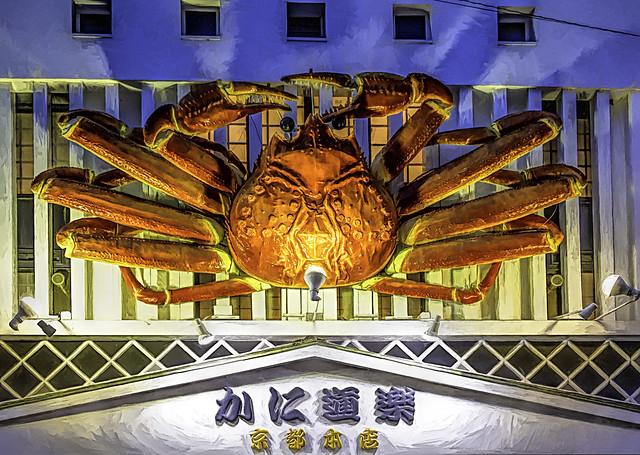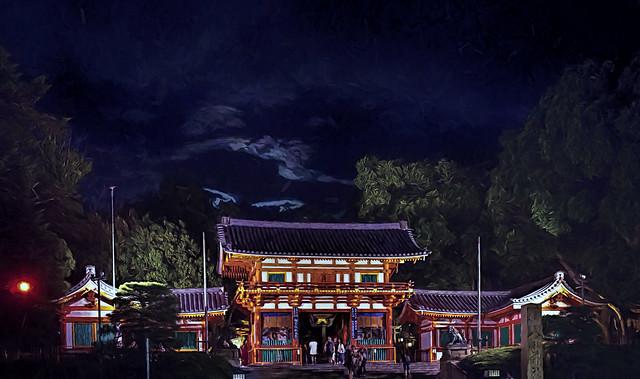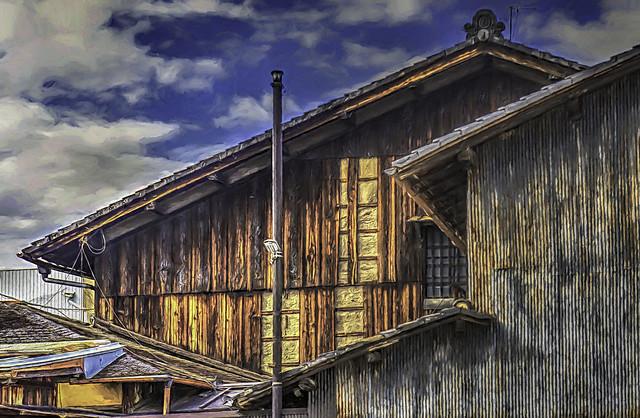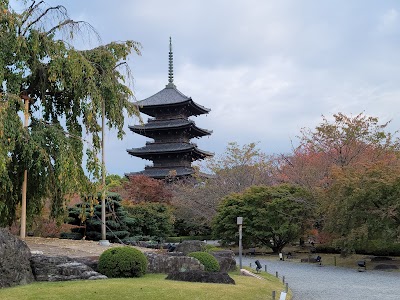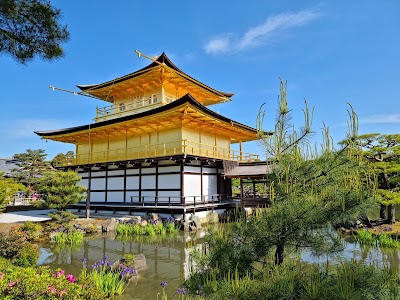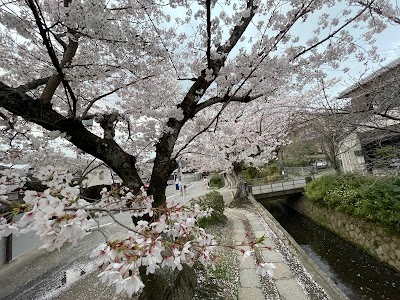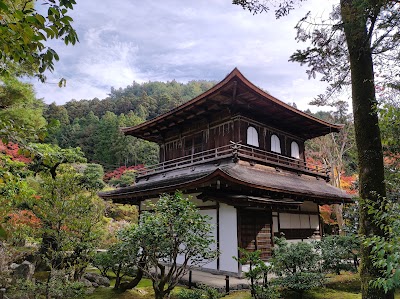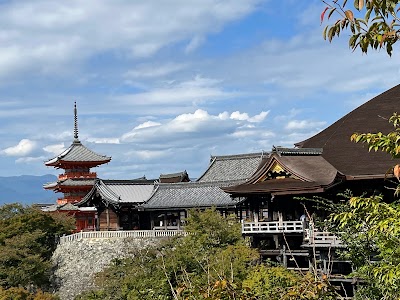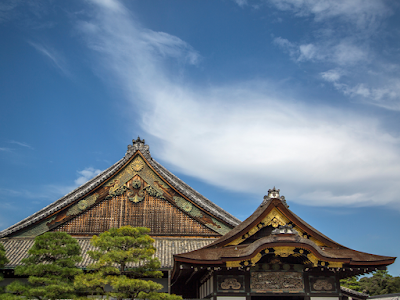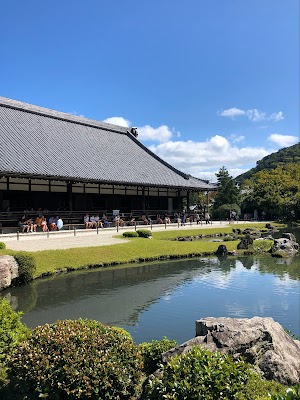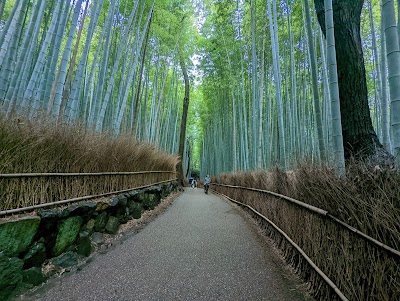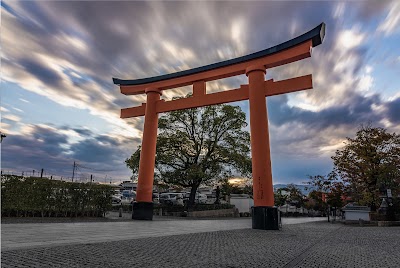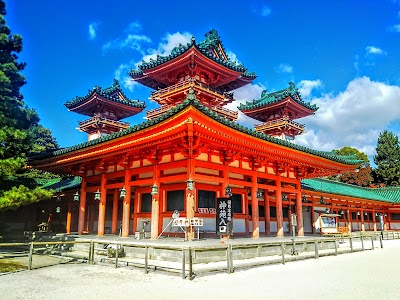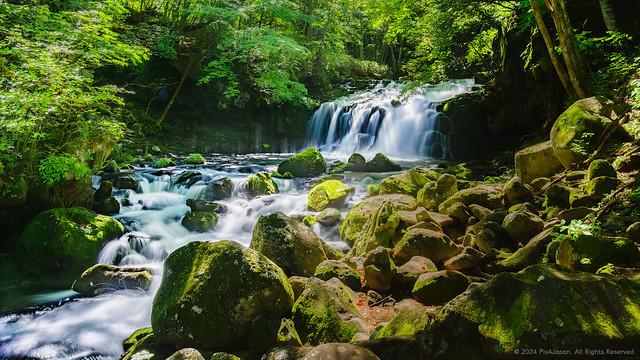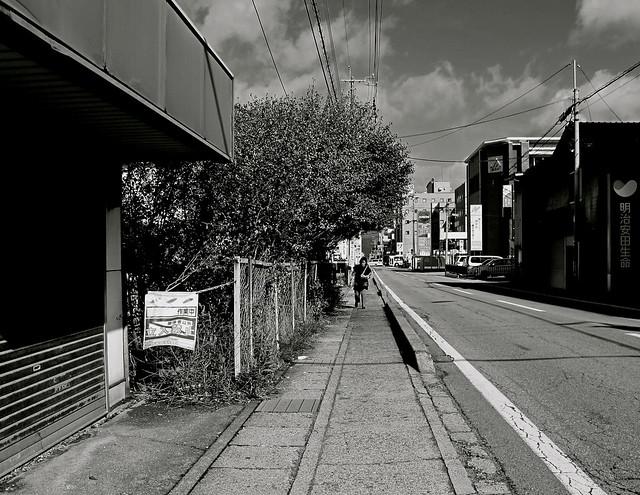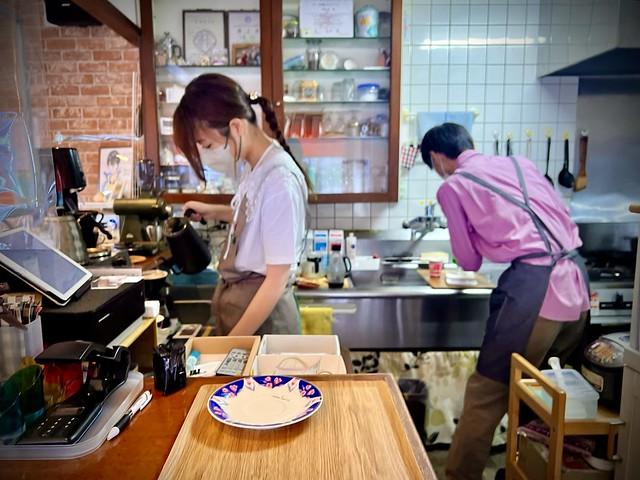Kyōto Prefecture
Overview
Kyōto Prefecture, located in the Kansai region of Honshu, Japan, is a captivating blend of ancient tradition and modern culture. This area is renowned for its historic temples, traditional tea houses, and beautiful gardens. Kyoto was once the capital of Japan for over a thousand years, and this historical significance is evident in its preserved architecture and cultural heritage. The city of Kyoto, the prefectural capital, is home to about 2,000 shrines and temples, including famous sites like Kinkaku-ji (the Golden Pavilion) and Fushimi Inari-taisha with its iconic torii gate pathways. The prefecture is also known for its distinctive seasonal changes, which are celebrated in local festivals and reflected in the seasonal foods and decorations.
The high season for tourism in Kyoto Prefecture is during the spring (March to May) and fall (September to November) when the weather is most pleasant. Spring brings the stunning cherry blossom season, where places like Maruyama Park and the Philosopher's Path are lined with blooming cherry trees, creating picturesque scenes. Autumn is equally famous for its vibrant foliage, with the Arashiyama area and Tofuku-ji Temple being popular spots for viewing the spectacular colors of the leaves. During these seasons, visitors can also enjoy traditional festivals such as the Aoi Matsuri in May and the Jidai Matsuri in October, which feature parades with people dressed in historical costumes.
Before traveling to Kyoto Prefecture, there are several preparations travelers should make to enhance their experience. It is advisable to book accommodations well in advance, especially if planning to visit during the cherry blossom or autumn foliage seasons, as these periods can be particularly busy. Learning a few basic phrases in Japanese can be very helpful, as English is not widely spoken outside of major tourist attractions. Additionally, tourists should familiarize themselves with the local customs and etiquette, such as the proper way to behave in temples and the importance of removing shoes before entering certain traditional areas. Finally, since Kyoto involves a lot of walking, comfortable footwear is a must.
How It Becomes to This
History not available
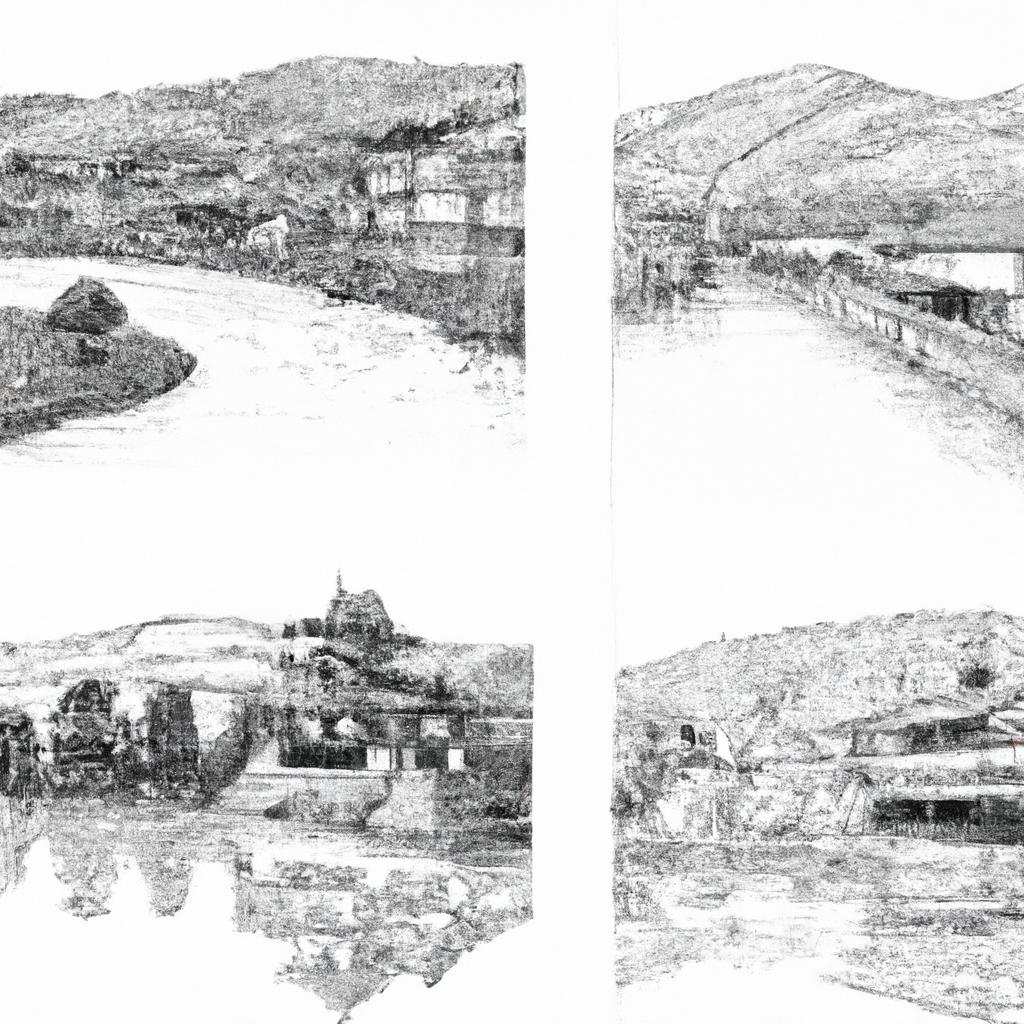
Places in Kyōto Prefecture
Explore the most popular attractions and landmarks
You May Like
Explore other interesting states in Japan
Discover More Area
Delve into more destinations within this state and uncover hidden gems.


